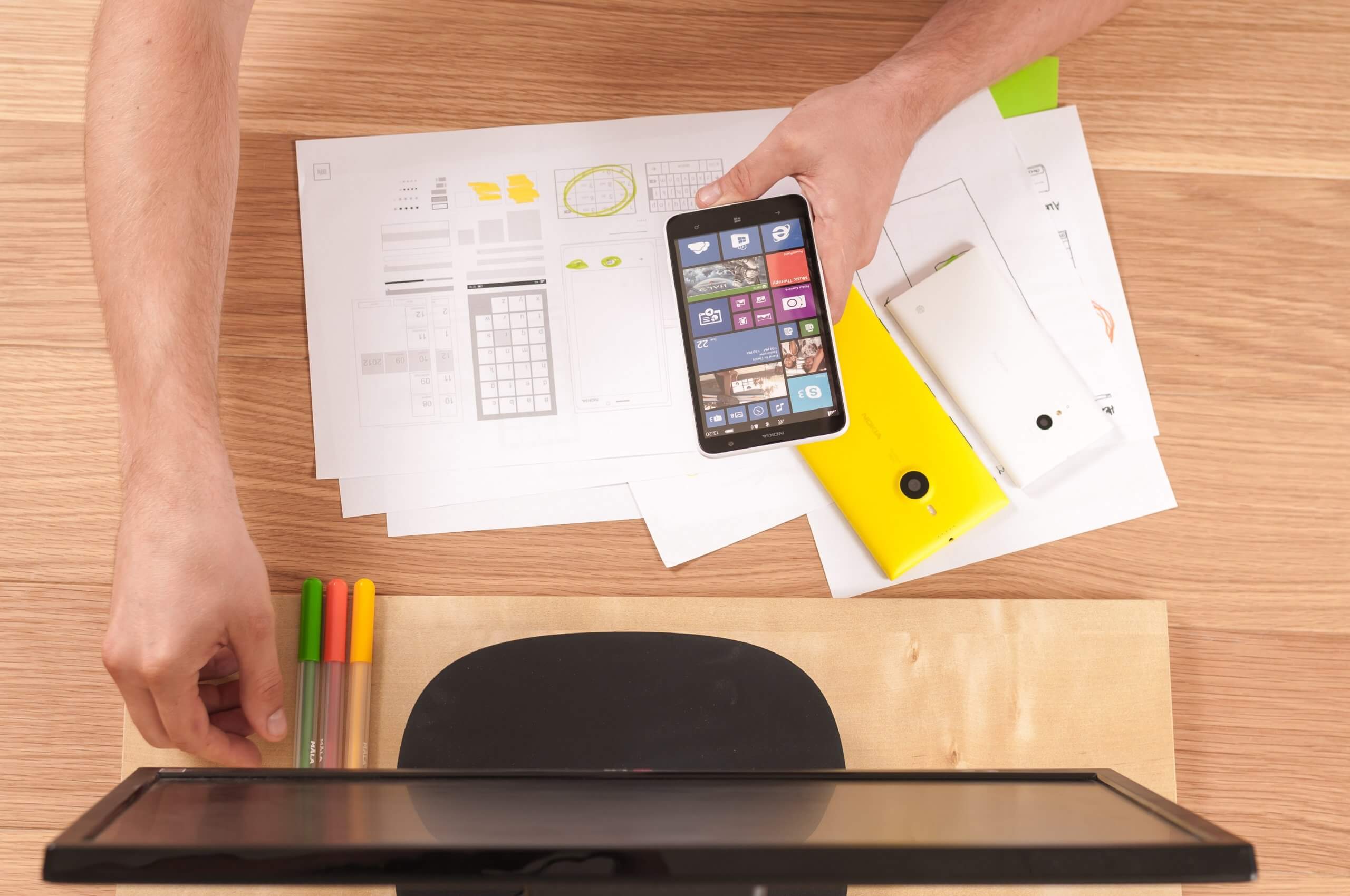Usability design is a crucial part of the user experience, and it serves as a guideline for the actual design. Since it carries such great importance in the actual design, it is vital that it passes certain tests to determine if the user will like it.
However, many people actually struggle with understanding what usability design is and how to conduct the tests that it needs to pass. Well, you are in luck because we will cover all of that information for you in this article. To do so, we are going to start from the top and explain what usability design is.
What is usability design?
Usability is a measure that will tell the developer specifically how well a user can use the product or a design to complete a certain task. It is important to emphasize that this revolves around the entire technical functioning, not just the user interface, and it is vital to understand that a great UI is not going to eliminate technical mistakes. Still, you should look for help from accredited UI design services.

Designers usually measure usability during the development process to make sure that everything that could be optimized is.
The five key factors for the best usability are:
- The design is not distracting. And the tasks at hand should be easy to repeat after a period of time and simple.
- People can learn the operations required in a short period of time.
- Users don’t have to be experts in the field or have much knowledge about hardware or software to do what is required of them.
- Errors need to be at a minimum, as well as misunderstandings.
- It’s easy for users to focus and perform their operations separately and without confusion.
We are fairly certain that your favorite mobile apps, for example, go through the same process, and because of it, you consider them your favorite. If you used two different mobile apps that do the same thing, but one is far easier to use and to navigate, you would pick that one. Usability is rarely something designed by accident, and people really put in a lot of time and effort to make it happen.
How to conduct a test
To conduct a usability test, you will have to follow these five simple steps.
- Planning the session: You will have to determine what kind of results you are hoping to get from this test and the targeted demographic that will take the test. Once you have done that, you will have to get the logistical details before moving on to the second step. Logistical details include the location, the moderators, the equipment used to record the participants, and a time frame.
- Gather participants: you will need a certain amount of people for the test to be successful. Some popular ways to gather people would be through your website, social media, or an agency that works with people that would subject themselves to a test, and of course, clients.
- Plan your test: planning your test should not be hard or overly complicated. You know what you want to achieve with the test, so put the participants in a scenario that will show the most honest results. Make sure that the scenarios are very detailed and specific, so the participant cannot find a loophole of some sort.
- Conduct the test: once you get to this stage, it is essential to let everyone know what they will be doing, and the moderators should have a protocol that they need to go through with the participants. The actual testing session also has a few simple steps that should be followed:
- Introduce what you’re doing and make the participants feel comfortable.
- Gather pre-testing data using pre-task questions. The questions may vary depending on the product, but some standard ones usually make an appearance no matter what.
- Start the test
- Monitor and take notes. It’s usually recommended that one person conducts the test while the other is taking notes. That way, there’s a minimal chance of error.
- Ask follow-up questions once the test is complete and receive feedback. This is a crucial step that many are tempted to skip, but we strongly urge you not to.
- Thank everyone for participating and say goodbye.

5. Analyze your findings.
As with any form of research, it’s crucial that you sort and analyze the data you gathered.
Ensure that your data is categorized correctly or sorted, which can massively improve your efficiency during the analysis.
During the analysis, note the critical issues your users encountered and highlight them for easier grouping. That way, after the initial investigation, you’ll have a compact view of your findings.
Working on every issue separately is an incredibly inefficient idea, so instead, use the categories you made during your initial investigation to group them by their importance. That way, you can focus on working out the worst issues. During this step, it’s imperative that you check your initial goals and hypotheses to make sure you’re on track with your plans.
As you implement changes according to your user-submitted recommendations, it’s important to keep in mind that continuous review of changes ensures that your users are satisfied with the end product.
How Usability Impacts User Experience
Generally speaking, usability has an enormous number of benefits, but it’s especially impactful when it comes to user experience. It’s so crucial in fact that some even find it more important than brand experience and desirability.
If your users can easily perform tasks, their work satisfaction and productivity rise.
After all, getting frustrated about lacking usability may lead to serious demotivation that can even impact the end result.

To summarize quickly, your product’s usability greatly depends on these factors.
- Efficiency: Having an efficient product means that users can quickly finish their tasks and continue on the next.
- Memorability: Using your product needs to be intuitive so that users can return to it without relearning the skills required to operate it.
- Satisfaction: Oftentimes, developers tend to ignore the looks of their product resulting in clunky and brutally pragmatic-looking products. That being said, having your product visually appealing may create a sense of ease within the user and even ease their workflow.
- Learnability: Similarly to memorability, you need to consider how intuitive your design is for newcomers. After all, if learning to use your product turns out to be a Sisyphean task, some new users may be turned away from your product.
Final Thoughts
Employing usability design in your product’s a crucial component to customer satisfaction and user design, as its factors improve their satisfaction with the product and their work efficiency.
